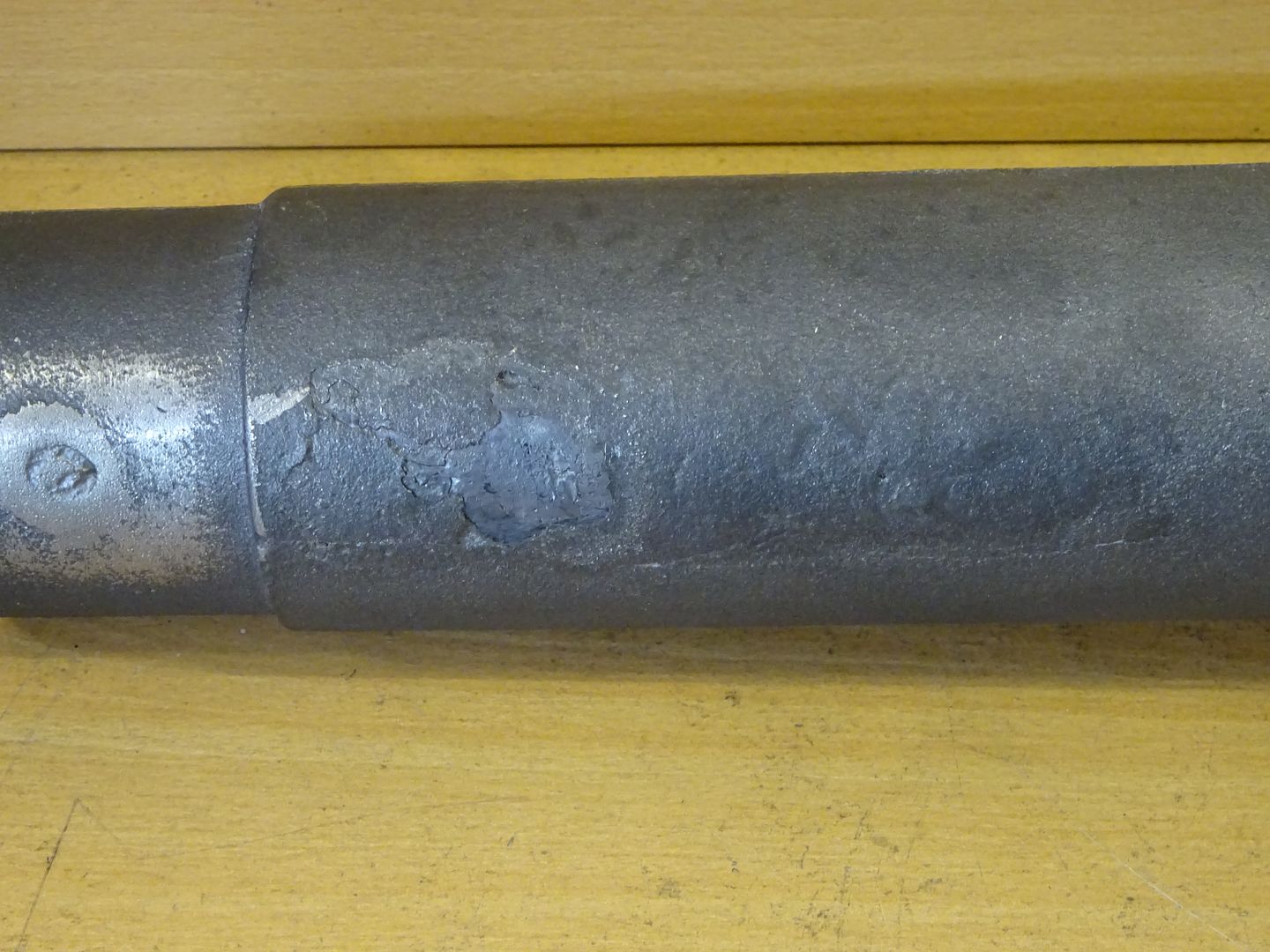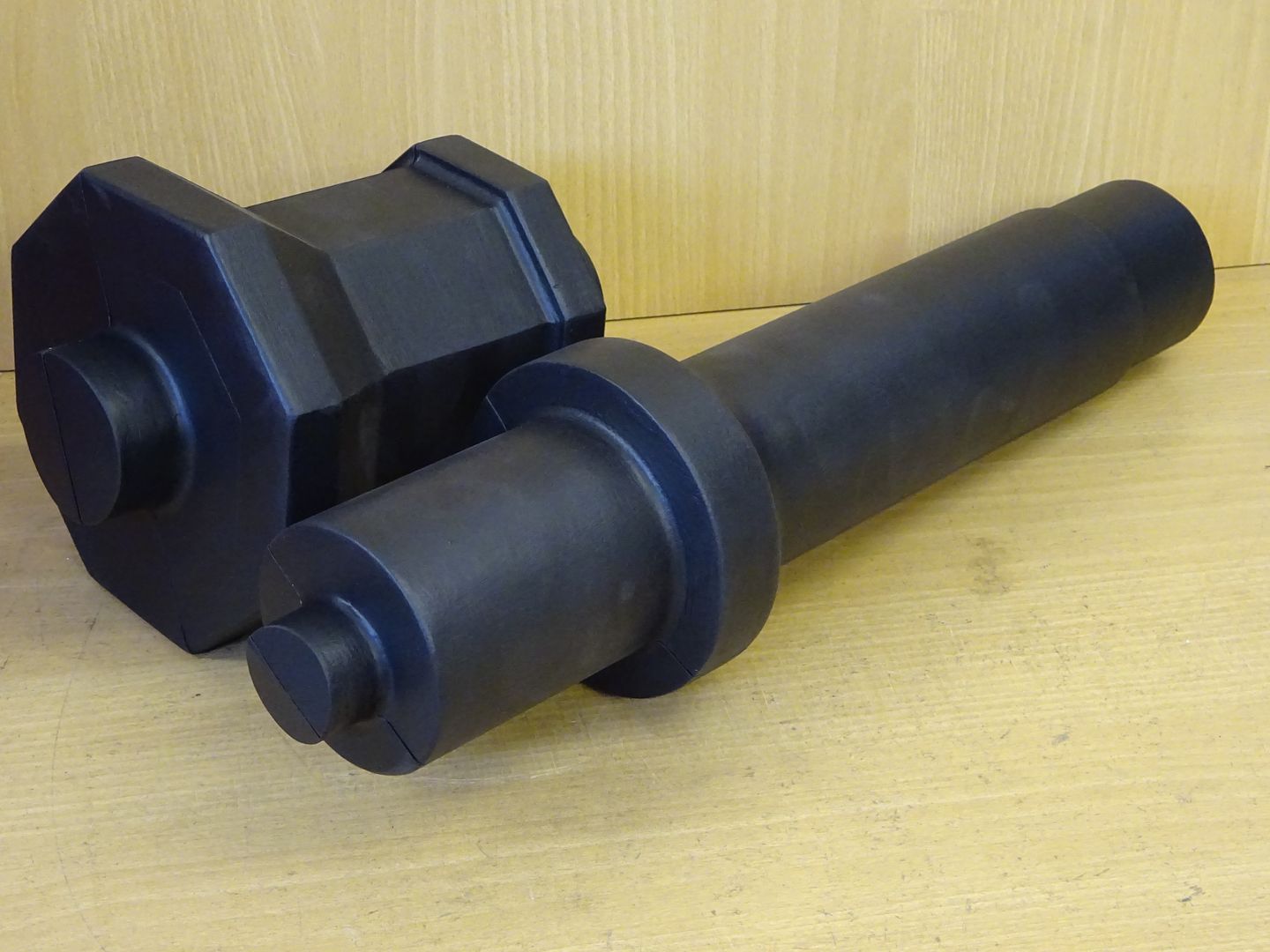One good ant invasion and you will be cured of using sugar in the shop.
.
.

There are several places where you can buy the book online but it's also free for download at archive.orgI have a .pdf copy of A Textbook of Elementary Foundry Practice, copyright 1910. It is fascinating to see what they talk about for cores - see the couple of pages I've attached. No mention of sodium silicate or epoxy; instead flour, rosin, linseed oil, glue, and molasses, along with some other odds and ends. Further along, it seems as though linseed oil and molasses were the preferred binders.
I don't recall where I picked up this .pdf copy of the book, but it must be out there on the internet somewhere ...
In theory any glue or adhesive could be used but in the real world a lot can not be used for many reasons. To give you an example Liquid nitrogen could be used to freeze sand with a tiny amount of water to make a core. Pros are quick to make and no need to dig out hard cores because the ice has defrosted so the sand just pours out. The cons are liquid nitrogen is hard to get and precise timing is needed to put the core into the mold before it defrosts. I am sure many others could add to the reasons why they would not use liquid nitrogen.It is fascinating to see what they talk about for cores
Green sand contains water and does not cause problems if the water levels are kept below to what sand can pass steam through the sand pores.You would also have the frozen water still in the core which will then boil out and cause problems
I do have a video about how I made a plaster two piece core mold in that video. The other core mold was made from pvc conduit pipe with a slot cut down the side so the core can be removed.I would like to know more about the construction and materials used for your core moulds hardened in the microwave. Have you made a video?


Is the moisture not far more of a problem in a core as to escape it will try to pass through iron before the outer sand? Particularly if the core is not properly vented. The "scabs" on this casting go deep and were the result of a poorly vented core

View attachment 152768
I NEVER vent my cores for cast iron and never had a problem with cores causing scabs. I did have a problem with a core wash that I used (lots of blowholes). I used that core wash on thin castings which solidify quickly and no problems with blowholes but this casting was 25mm in thickness and cooled very slowly giving time for the blowholes to form under the skin. It was a alcohol based wash from foseco and I did ignite the alcohol. I went back to using no core wash and the blowholes disappeared. Another iron caster near where I live used the same product and had the same problem with his cores.Particularly if the core is not properly vented. The "scabs" on this casting go deep and were the result of a poorly vented core
Using too fine a sand lowers the porosity on cores so that is why I use a coarse sand for cores and no venting is needed. Have a look at my video about using portland cement to bind core sand. Water is needed to make portland cement harden but any excess can be dried off. No vents and no blowholes after machining.recasting with a vent hole down the middle of the 32mm dia core cured the problem on the replacements.

I have often wondered when pouring much larger castings than in a hobby shop methods may have to change.You can see here from the core prints that the diameter is about the same as yours but about 6 times longer. That cylinder is just under 8kg of iron.
Quickly become infested with fire ants here in Florida for sure !Some backyard folks have mentioned adding sugar to their sodium silicate cores to help them breakdown after casting is complete.
I can say for sure that if you live where I do (the Mid-South), the very last thing you want in your shop is anything with sugar in it, since you will quickly become infested with ants and all sorts of other insects, and most likely mice and/or rats.
If you use the right amount of sodium silicate in your cores, they will break down easily after casting is complete, especially if you add water, and thus there is no need to add sugar.
One of my mottos: Don't fix things that are not broken.
.
Yes, fire ants have become very prevalent here, and are somewhat of a plague really, since there does not seem to be anything that limits them.Quickly become infested with fire ants here in Florida for sure !
I am not keen on intefering with the natural order of things, but that being said, there are things that must be controlled, such as invasive species.So I take it that you gentlemen have no qualms about watching videos of the guys doing aluminum castings of fire ant nests? That is, other than the fact they're pouring molten metal into a hole in the ground?
Enter your email address to join: